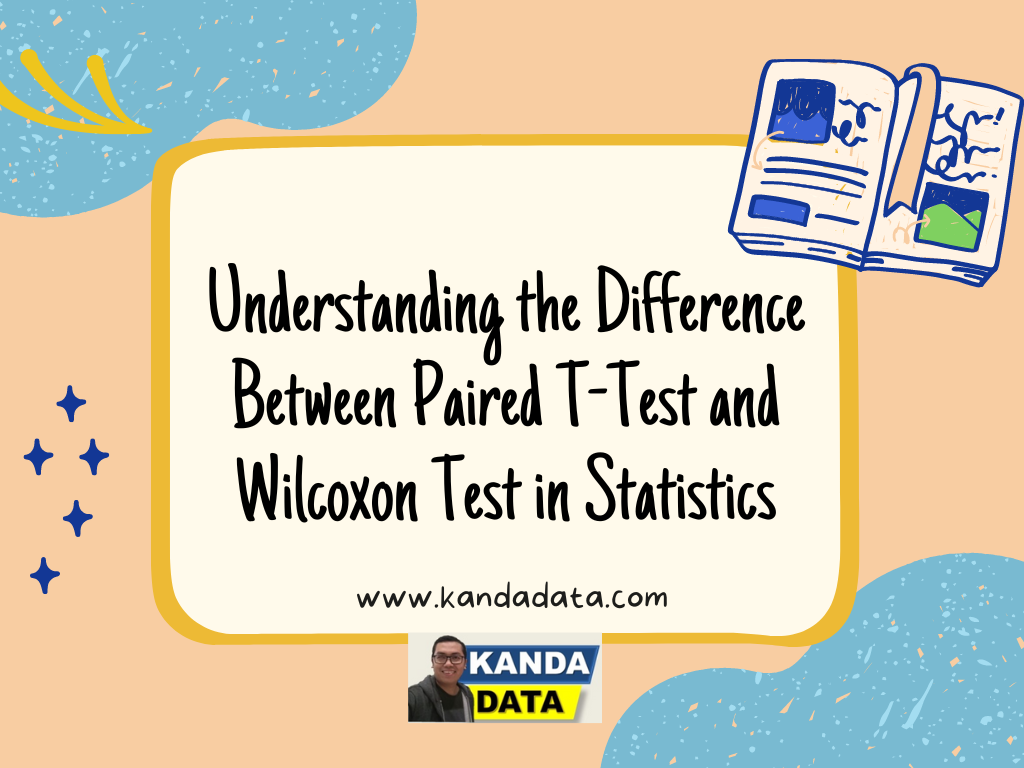Blog
Understanding the Difference Between Paired T-Test and Wilcoxon Test in Statistics
In the realm of statistics, associative tests play a crucial role in examining differences, relationships, and influences between variables. One common form of associative test is the test for differences, which aims to compare the means of two or more sample groups.
In this article, we will explore the distinction between two commonly used types of difference tests: the Paired T-Test and the Wilcoxon Test. These two methods have significant differences in their requirements and practical applications.
Difference Test for Two Sample Groups
The difference test for two sample groups involves comparing two sample groups, which can be paired or independent. In paired sample group difference tests, the same sample is used for both measurements.
A common example is a researcher wanting to compare the effectiveness of two different teaching methods on student performance. Before and after implementing the new method, the researcher measures the students’ abilities in a specific subject.
However, if we want to compare two independent sample groups, we can use different sample groups. An example would be comparing organic rice production between two different groups of farmers.
Paired T-Test
The Paired T-Test is a statistical method used to compare two paired sample groups based on normal distribution. It is important to ensure that the data used meets the assumption of normality before using this method.
The Paired T-Test uses the mean difference between two paired sample groups. Although sensitive to outliers, this method is suitable for parametric variables with interval or ratio scales.
However, if the data is not normally distributed or if the variables use ordinal scales, then the Wilcoxon Test is a more appropriate choice.
Wilcoxon Test
The Wilcoxon Test is a statistical method used to compare two paired sample groups without assuming a specific distribution of the data. This method is more robust against non-normally distributed data and is suitable for non-parametric variables with ordinal scales.
The main difference between the Wilcoxon Test and the Paired T-Test is that the Wilcoxon Test does not require data normality. Therefore, this method provides a more flexible choice in situations where the normality assumption is not met.
Conclusion
Both methods, the Paired T-Test and the Wilcoxon Test, are used to compare two paired sample groups. However, the choice between them depends on the characteristics of the data being used.
If the data is normally distributed and uses interval or ratio scales, the Paired T-Test is suitable. However, if the data is not normally distributed or uses ordinal scales, the Wilcoxon Test is a more appropriate alternative.
With a better understanding of the differences between these two methods, researchers can make more informed decisions in their data analysis. We hope this article provides valuable insights for Kanda Data readers.
